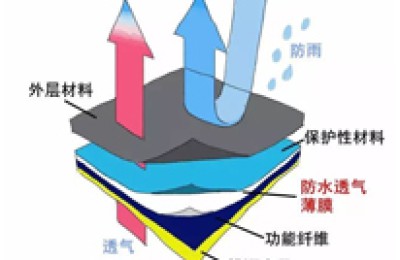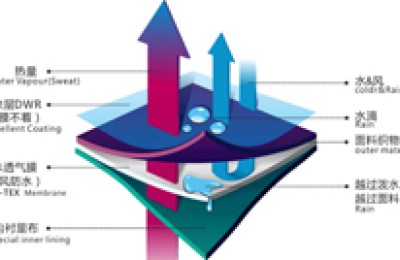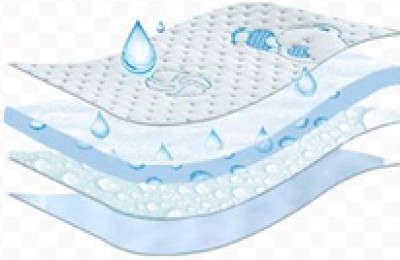The textile and garment industry is an important industry in South Korea. Statistics show that the number of people engaged in the textile industry in South Korea accounts for 19% of the total industrial employees. The main export regions of Korean garments are Europe, the United States, Japan and China, and exports to China have increased in recent years. The annual trade surplus of South Korea’s textile industry is generally around US$10 billion. The export value of the textile and garment industry accounts for 11.3% of the total manufacturing export value, of which the garment industry accounts for 3.4%.
The textile and apparel industry is also the most important manufacturing industry in India. The textile and apparel industry accounts for approximately 12% of the total manufacturing industry in the country. In the past 10 years, the growth rate of India’s textile and apparel exports has been higher than the global average growth rate, and its share of global exports has also increased from 3.2% in 2000 to 4.2% in 2011. It is expected to reach 5.2% in 2015 and 8% in 2020. %.
Although India’s share of South Korea’s import market has been growing in recent years, it lags far behind China, and the gap has been widening. Between 2002 and 2007, India’s exports to South Korea nearly quadrupled, from US$1.25 billion to US$4.62 billion, and its market share increased from 0.8% to 1.3%. However, India still lags far behind China’s market share in South Korea. . From 2002 to 2007, China’s exports to South Korea increased from US$17.4 billion to US$63 billion. China’s global import market share in South Korea now accounts for approximately 18%. More importantly, the market share gap between India and China continued to widen during this period. In the past five years, the growth rate of China’s exports to South Korea has been stable at 26-35%. India’s exports to South Korea not only lag behind China, but are also overtaken by three Southeast Asian countries.
Recently, Indian Minister of Industry and Commerce Anand Sharma and South Korean Minister of Industry and Commerce Yoon Sang-jick held a bilateral meeting. Mr. Sharma pointed out that the trade deficit between India and South Korea is gradually expanding, and said that the trade balance is beneficial to India and South Korea. South Korea’s economic cooperation has long-term sustainable and harmonious development. In order to promote a more balanced bilateral trade, South Korea needs to provide more market access for Indian textiles, apparel and information technology. South Korean ministers agreed to consider providing greater market access for Indian products.
South Korea has always focused on cooperation with India in the textile industry. Due to the prosperity and development of the Indian textile industry, South Korean textile machinery companies hope to seize the prosperous opportunities in the Indian textile market and increase the export of textile machinery. Among the textile machinery exported from South Korea to India, embroidery machinery is the item with the highest demand. The bilateral meeting between the two governments is expected to further strengthen cooperation in the textile and apparel industry to promote the development of the textile and apparel industries of both parties.





